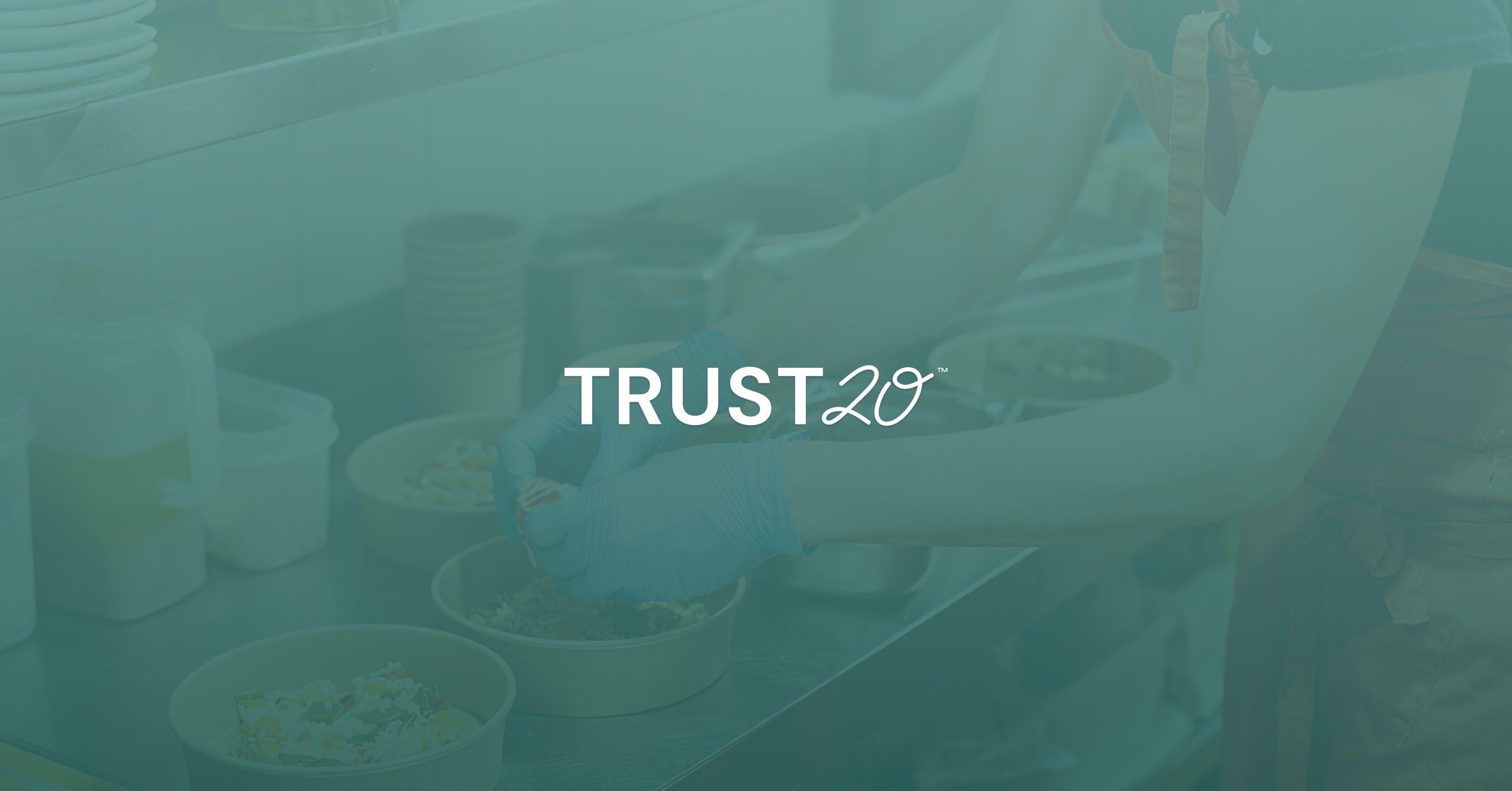Life only seems to get busier, and the demand for quick, satisfying food on the go only increases with it–especially during seasons like back-to-school and the holiday rush. After all, online ordering now accounts for 40% of restaurant sales, and has grown 300% faster than dine-in sales since 2014.1
In this piece, we'll cover how you can provide what consumers want without risking health, safety, or your reputation. Here's what you can expect:
Start with the basics of food safety
Specifics to keep in mind for deliveries
Specifics to keep in mind for on-the-go orders
Start with the basics of food safety
If you’re running a kitchen, you’re already very familiar with the basics of food safety, and those will obviously also apply to any food going out of your kitchen either as a delivery or a portable, on-the-go option for customers to pick up.
Takeout and pickup options are a rapidly developing element in the foodservice industry-and whenever volume increases exponentially, the risk of foodborne illnesses increases too. Adding these services will require some additional considerations, too. We’ll go over them here so takeout doesn’t take you out.
Temperature control
Keeping ingredients and prepared foods out of the “temperature danger zone” is one of the most important things kitchens do to ensure food safety. Aside from having the right equipment in place to ensure the proper cooking temperatures are reached and maintained while food is waiting to be packaged and delivered, you may want to consider dedicated areas for to-go food to be stored.
Depending on how long orders are typically waiting to be picked up and delivered, you might need a slightly different design for that space to keep the temperature constant (without sacrificing quality) than for food going directly out to diners in-house.
Food prep
As much as possible, time food preparation around deliveries that are coming in. If you’re just starting to offer takeout and delivery options, you’ll have to try to anticipate what your busiest hours will be and whether or not they’ll overlap with rush times inside the restaurant as well.
Plan to have extra staff available to help with prep so customers don’t suffer long wait times for their pick-up or delivery, causing them to decide never to return to your restaurant (and you don’t have to live in fear of bad reviews either!).
Staff hygiene
Hygiene is always important. Be sure everyone in the kitchen has access to spaces to clean and dry their hands before, during, and after food prep. Supply gloves for food handling as another option, plus adequate waste disposal options.
You also want to be sure any packaging designated for takeout or to-go orders is stored in a clean, dry place and staff handling it has clean hands.
Food quality
Ensure that there is a quality check before the food leaves the restaurant for takeout or delivery, as you would before it was served in-house. If something doesn’t look right, have staff take the time to remake it and alert the customer that their order is taking longer because you want them to get exactly what they ordered, up to the standards you hold for your kitchen.
Consider comping the food or offering a discount for another order if fixing it will take much longer than expected.
Specifics to keep in mind for deliveries
Even if you decide to completely outsource deliveries to a third-party partner, you need to be aware of the federal, state, and local regulations around the transportation and delivery of food. At the very least, you want to be able to identify any issues with your delivery partner and correct them before they affect customers.
Choose reliable and safe delivery partners
Don’t partner with just anyone! Research your options, including how current and former restaurant partners rate their services.
Consider:
-
Do the employees have specific food delivery training?
-
Is food safety training required, encouraged, or not even mentioned?
-
What criteria do drivers need to meet in order to be hired?
Remember, if a customer gets sick from a delivery, chances are your establishment will take the blame. Working with a reputable, responsible delivery partner will help ensure food stays safe until it’s in the hands of your customers.
Think about logistics
If you have the space for it, set up a separate area for delivery drivers to pick up takeout orders. That will give customers coming in to dine more space while they’re waiting and put less stress on your staff. There’s also a lower chance someone coming in for a to-go order will accidentally pick up someone else’s delivery order if each is in its own space.
You also want to think about packaging. Choose packaging that is durable–nobody wants to end up with a bag full of soup on their doorstep–and helps with temperature control. That’s especially important during longer delivery periods, like rush hour.
Take allergies seriously
Always take customer allergen notes and substitution requests seriously. One in three people with food allergies and intolerances report having reactions in restaurants – and you don’t want that possibility following them into their own home.2
Be sure your online menu is up-to-date and includes any allergen information. Ensure it’s easy to find so customers know what is and isn’t safe to order. Common symbols are used on many menus to indicate what’s gluten-friendly, gluten-free, nut-free, and more.
You’ll also want to consider a disclaimer at the top of the menu and again before checkout letting customers know if the kitchen is a mixed-use kitchen; for example, if you prepare gluten-free items, but they’re prepared in the same kitchen space as items with gluten. That will be safe for someone with a gluten intolerance but not for someone with celiac disease.
Specifics to keep in mind for on-the-go orders
There are a few specific considerations for on-the-go pickup orders, too.
Design the best system for your establishment
Keeping your available space and other resources–like budget for apps or ordering systems, plus support staff–in mind, plan out how you want customers to be able to come in and pick up food on the go.
Consider:
-
Can customers place orders remotely (phone, online, app), or can they walk in? Can your staff handle orders coming in from multiple sources simultaneously?
-
Is there a designated space for customers to wait, or do you have the space to create one?
-
Will you offer your regular menu for on-the-go ordering or takeout, or will there be a special, more limited menu?
-
Will you only offer takeout, or will you have some pre-made items available each day that won’t be restocked once they’re sold out?
Think about logistics
We touched on this briefly already, but it’s a good idea to set up a separate space for walk-ins to grab-and-go if possible. If you have limited space, designate one small area for deliveries and on-the-go pickup that’s away from diners who are waiting to be seated. That will keep everything flowing more smoothly and be less stressful for staff, too.
You’ll also want to think about temperature control for takeout orders or any pre-packaged orders you have available for customers to walk in and purchase. Where will these be stored while waiting to be picked up? What kind of packaging can you use that will help with temperature control?
Take allergies seriously
As part of your packing considerations, also be sure to clearly label all ingredients in each item with standout notes about common allergens so customers can choose the options that are right for them.
If there’s a long line, it’s possible someone might run out of patience and decide to sample their on-the-go order while they’re waiting to pay. Train staff on handling allergic reactions in case someone has a snack they react badly to.
Final Thoughts
Stay on top of the food delivery and on-the-go order game, and you’ll have more reasons for customers to keep coming back!
Sources:
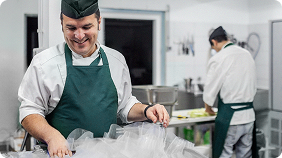

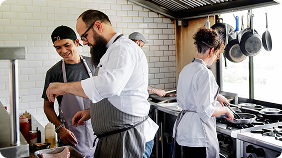


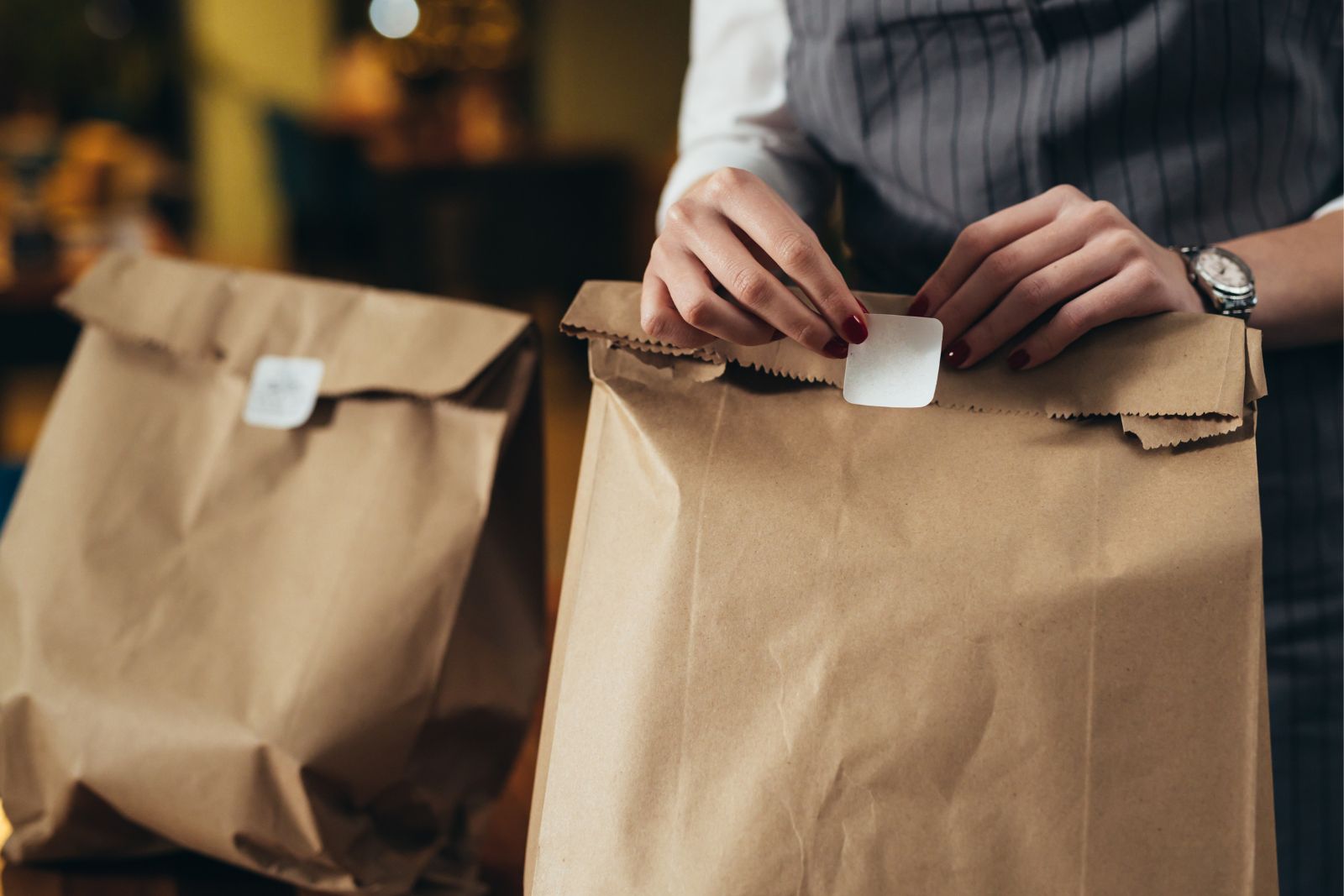
.png)
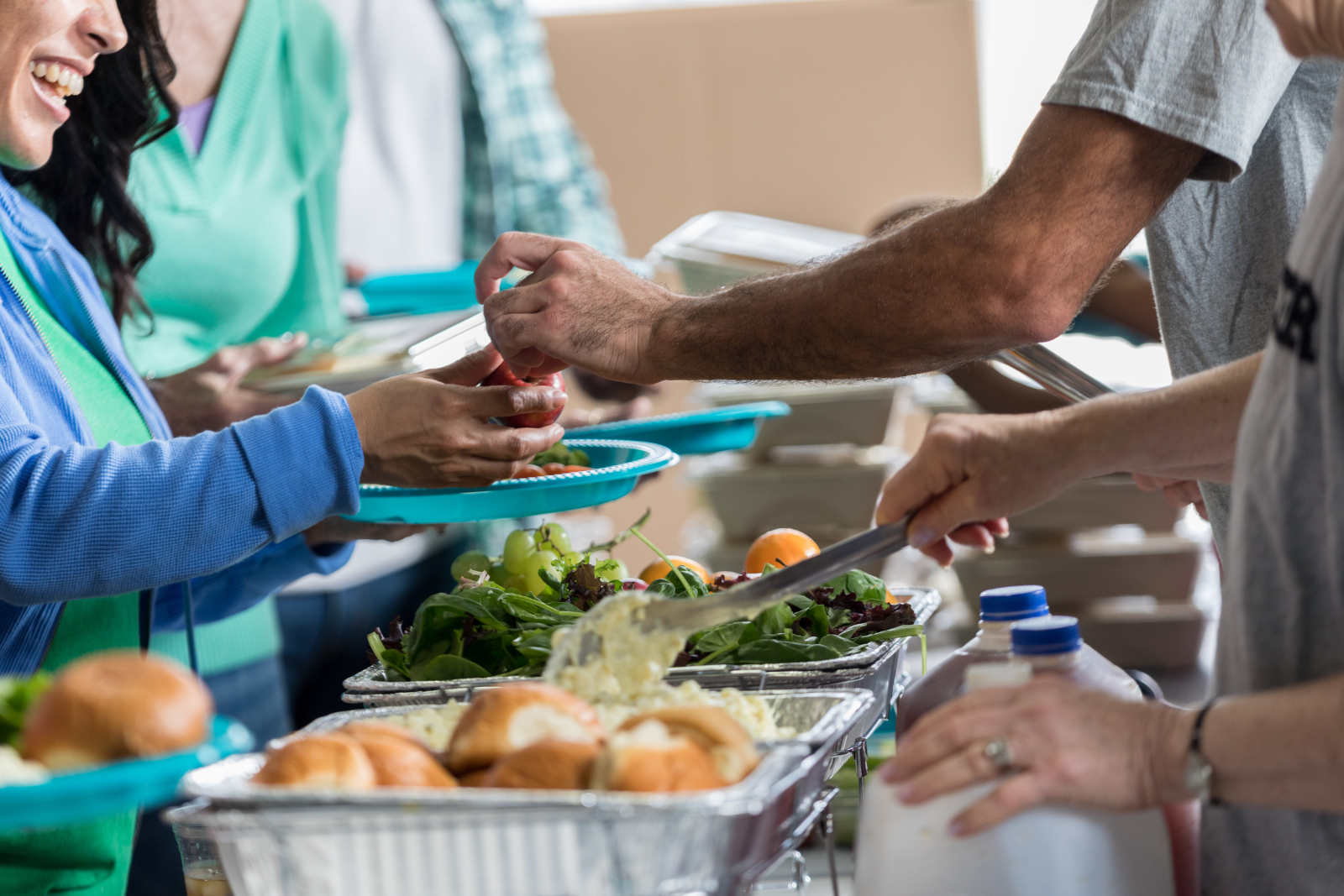
.png)
